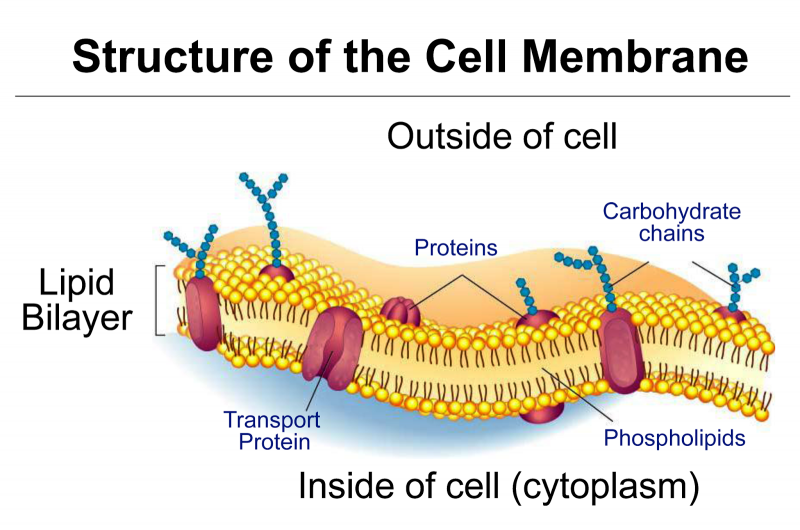Tag: cell membrane
Active Transport
A few ions or molecules are transported across the membrane against their concentration gradient, i.e., from lower to higher concentration. Such type of transport is called active transport because it is an energy-dependent process in which ATP is utilised, e.g., Na+/K+ pump. https://youtu.be/visqfZd7Ms4 Active transport uses energy to pump molecules against a concentration gradient. Active…

What is the function of the cell membrane?
The cell membrane is otherwise called a Plasma membrane. It may be defined as the thin, elastic, semipermeable living membrane that serves as a boundary for the Cytoplasm. The Cell membrane is made up of glycoproteins and phospholipids. The Functions of the Cell membrane are as follows: Cell membrane or Plasma membrane is a semipermeable membrane present…

